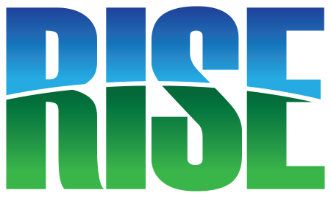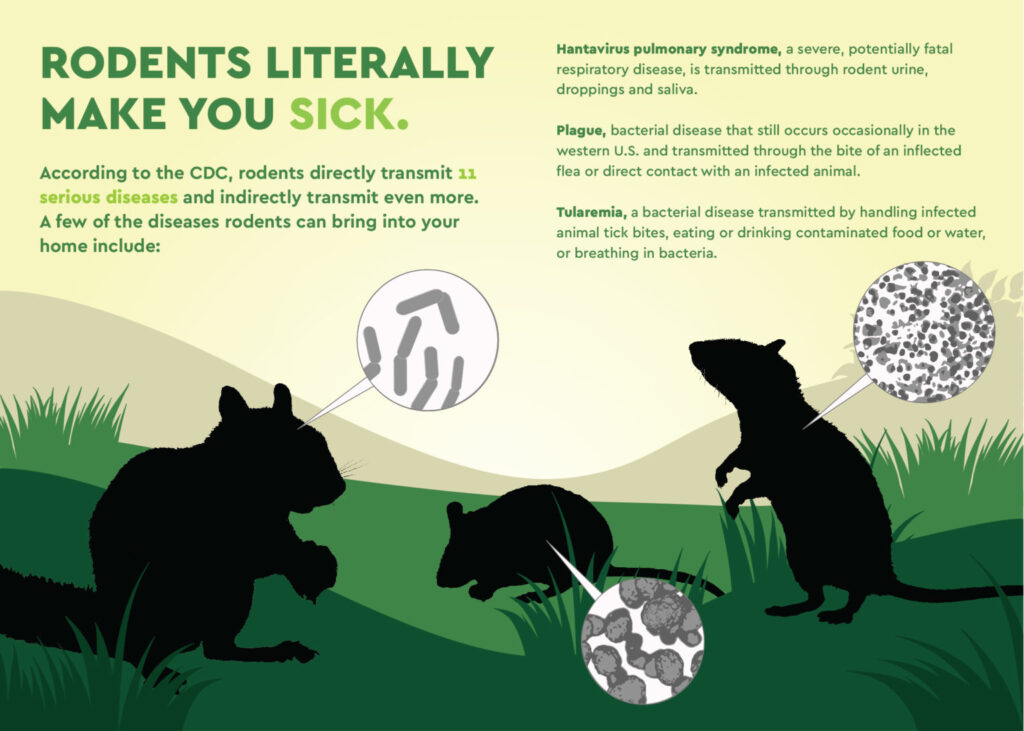Research & Education
Pesticide products used to control insects, weeds, and diseases have been thoroughly tested for effects on health and the environment.
Protecting Where We Live, Work, and Play
We don’t think about how we open our homes to insects — until we have an ant problem. We don’t contemplate how the soccer field stays in good shape — until it needs some TLC. The intersection of daily life with pests like insects and weeds is often unnoticed; however, questions about the products used to manage these pests are common.

Invasive Species
Invasive species are plants, animals, insects, fungi, or bacteria that are not native to a local ecosystem and can cause significant harm. As global travel has increased, so have concerns about invasive species. Seeds and insects can hitch a ride in travelers’ suitcases, shoes, or clothing, competing with native species for water, nutrients, and space, or directly attacking native plants. This competition can sometimes choke out native species, drastically reducing biodiversity.
Invasive species not only harm ecosystems but also threaten our economy and public health by damaging infrastructure such as roads and highways. According to the U.S. Fish and Wildlife Service, damage from invasive species costs an estimated $120 billion annually.
Invasive Plants
Many invasive weeds are mistaken for similar, native varieties and accidentally planted in flower gardens or landscapes. For example, the Tree-of-Heaven, which is native to China, was widely planted as an ornamental for many years until it began to crowd out native species and cause damage to streets, sidewalks, and building foundations. Be aware of what is invasive in your area—many invasive plants are sold as landscaping options. Check out the EPA’s list of invasive plants, and be on the lookout for harmful plants in your neighborhood or at local garden centers.
Invasive Insects
Invasive insects compete with native species for water, nutrients and space, and ultimately, harm our environment by crowding out or replacing native species that benefit habitats. One of the worst invasive insect threats right now is the Emerald Ash Borer, which according to the U.S. Department of Agriculture, has destroyed tens of millions of ash trees in 26 states. Another invasive insect, the Asian Longhorned Beetle, threatens hardwoods trees and, in turn, outdoor recreation and forest resources.
Managing Rodents
Effective rodent control is crucial for protecting the health and well-being of our families and communities. Rodents can spread up to 26 different diseases, including rabies, West Nile, and Lyme disease, through contact with their droppings, urine, or dander. Rats are among the most common and destructive rodents impacting public health today.
In addition to spreading disease, rodents can cause significant damage to homes and buildings, resulting in billions of dollars in damages annually. Mice and rats can gnaw through insulation, wallboards, cardboard, and wood, posing a fire hazard by chewing through electrical wires and potentially igniting fires.
Pollinator Protection
Bee health is influenced by many factors, including pests, diseases, nutrition, management practices, and climate change. Research indicates that understanding and addressing these factors is crucial for promoting pollinator health.
Creating an inviting habitat with abundant food sources can significantly enhance bee health. By fostering healthy environments, we can ensure bees thrive. Here’s how we can help:
Habitat:
- Provide healthy, sustainable places for pollinators to live, with plenty of food and water.
- Create bee hotels or nest boxes and water feeders with wet surfaces made of sand, soil, or brick.
- Increase flower space by planting nectar-rich gardens, fruit-bearing trees, hedgerows, and flowering shrubs.
- Focus on planting blue, yellow, or bright white flowers, which are most attractive to pollinators.
- Enhance nectar and pollen sources in your yard.
Nutrition:
- Ensure bees have access to a balanced diet of nectar and pollen.
- Plant a variety of pollinator-attractive plants with varying flower shapes and continuous blooms.
- Check with your extension agent or retailer for local plants that are good sources of pollen and nectar.
Community Efforts:
- Advocate for pollinator habitats in publicly managed spaces, such as easements and rights-of-way.
- Promote education and collaboration to support pollinator health in your community.
- Use lawn and garden insecticides properly by reading and following all label directions before application.
By combining efforts to create sustainable habitats and using insecticides responsibly, we can support both pollinator health and pest management.
Public Health
Protect your family from the health concerns caused by bugs and weeds. Smart pesticide use, as part of an integrated pest management program (IPM), helps control the bugs and weeds that cause disease and discomfort. Responsible use of pest control products can help reduce the risks of ticks and Lyme disease, mosquitos, Zika Virus, and West Nile Virus.
Ticks and Lyme Disease
Ticks may be tiny, but they pose significant dangers by transmitting serious diseases. Their small size makes them easy to overlook after spending time outdoors. Lyme disease, the most commonly reported vector-borne illness in the U.S., affects over 30,000 people annually and is notoriously difficult to diagnose. This disease is heavily concentrated in the Northeast and Upper Midwest, with 14 states in these regions accounting for more than 96% of reported cases.
Mosquitos
Mosquitoes pose a significant public health threat by transmitting viruses such as Zika, West Nile, Dengue fever, Chikungunya, and the Keystone virus. Protect yourself, your family, and your community by learning about vector-borne illnesses and taking steps to control mosquito populations and prevent bites. Most communities implement EPA-approved mosquito control programs that reduce mosquito habitats and apply effective treatments during different life cycle phases.
Zika Virus
The Zika virus is clear proof that mosquitoes can be serious health hazards. Protect your family by preventing mosquito bites and controlling mosquito populations. Effective prevention requires a team approach, involving you, your community, public health officials, vector control, and professional applicators. In early 2016, the World Health Organization declared Zika a global public health threat, especially concerning pregnant women due to its link to birth defects. The Zika virus remains active in 61 countries and is spread by infected Aedes (yellow fever) mosquitoes.
West Nile Virus
West Nile virus is the most common virus mosquitoes transmit to people, and it has been found in every state in the continental U.S. While many people infected with the virus may show few symptoms, 20 percent of people can experience signs of fever, headaches and body aches, joint pains, vomiting, diarrhea, or rash. If left untreated, West Nile virus can develop into a more severe form of the disease
Turf and Plant Health
Your yard and nearby green spaces are invaluable extensions of playtime, exploration, and memory-making. Access to well-maintained natural turf in your backyard or neighborhood park means more than curb appeal; it creates a homegrown hangout, a soft surface for pickup soccer, and a safe space for your pets.
Natural turf provides safer play. Well-maintained playgrounds and athletic fields offer a cushioned landing surface for field sports. The right turf changes the game, especially for soccer players, as artificial turf alters the speed and quality of play. Additionally, natural grass creates softer, cooler fields with less impact on muscles and joints, making it easier and safer on athletes’ bodies.
The best practice is an Integrated Pest Management (IPM) approach to manage weeds, insects, and diseases that can harm grass. Invasive species like grubs can infest and destroy yards or playing fields, potentially impacting the safety of kids, athletes, and pets if not treated. Maintenance needs vary by region, soil type, weather patterns, and field use, so it’s important to adopt a region-specific approach. Proper fertilization is also crucial to keep grass healthy, so nourish your turf with products formulated for your area and follow label directions to keep it in top shape.

